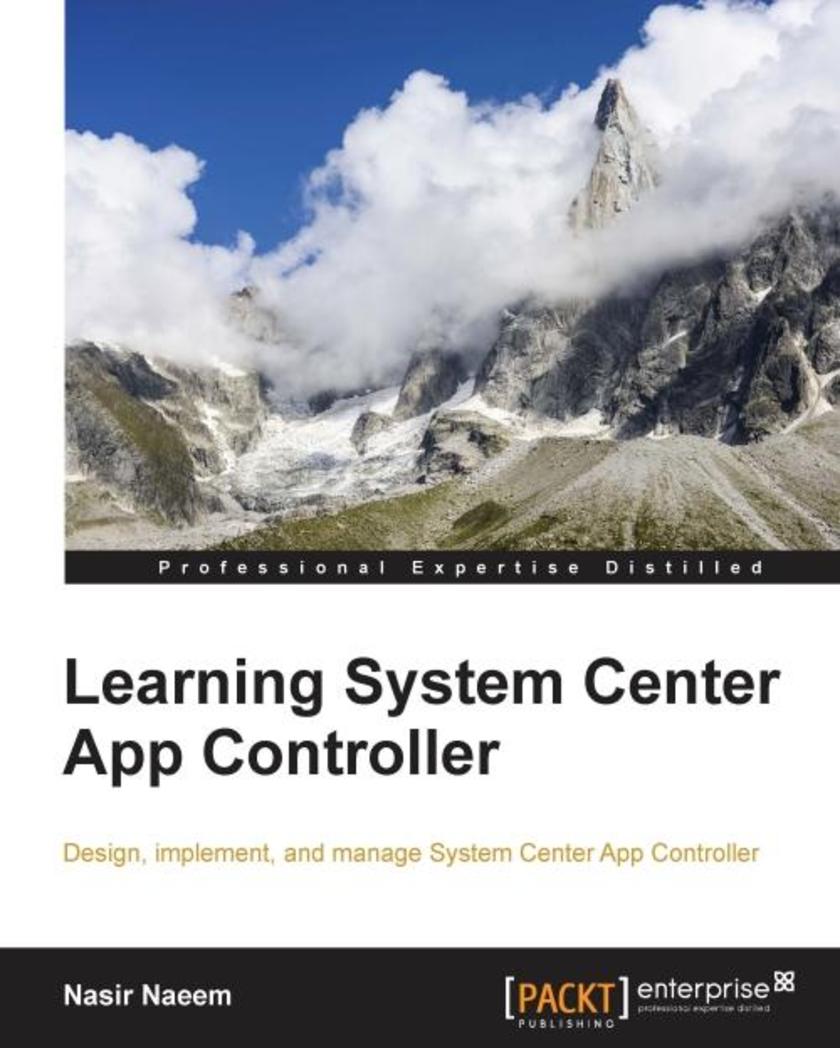
Learning System Center App Controller
¥54.49
This book is intended for IT professionals working with Hyper-V, Azure cloud, VMM, and private cloud technologies who are looking for a quick way to get up and running with System Center 2012 R2 App Controller. To get the most out of this book, you should be familiar with Microsoft Hyper-V technology. Knowledge of Virtual Machine Manager is helpful but not mandatory.
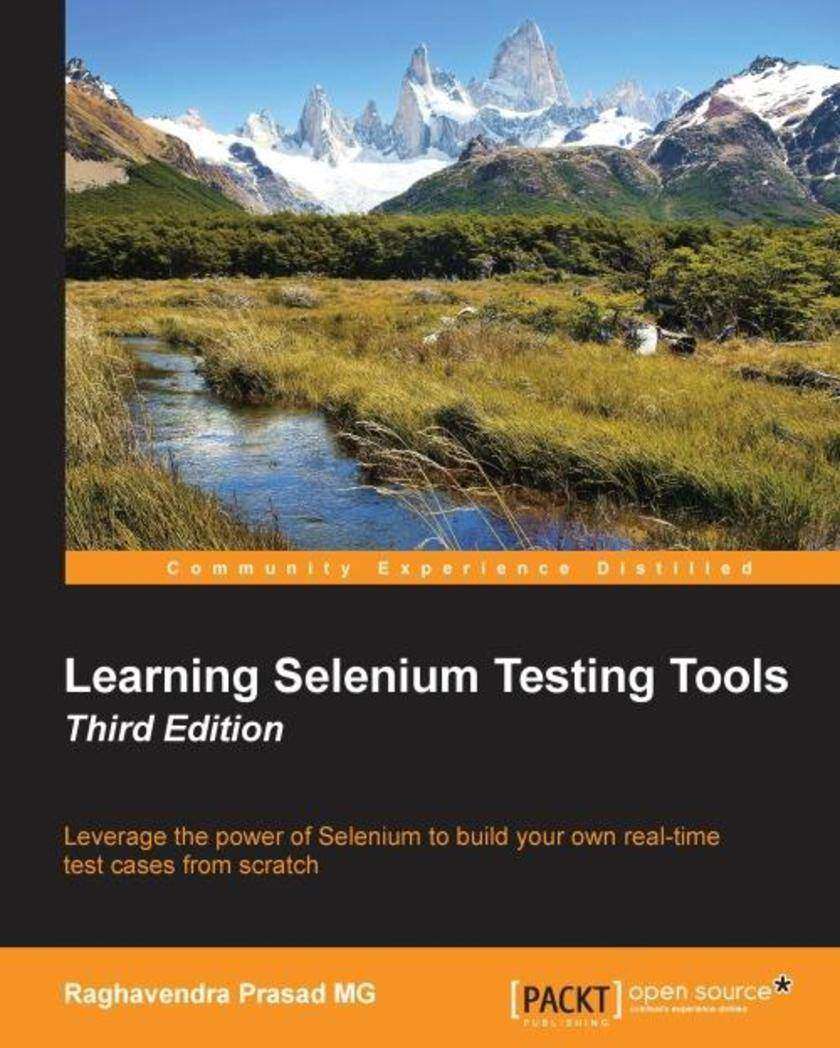
Learning Selenium Testing Tools - Third Edition
¥80.65
If you are a software developer with a basic knowledge of testing and are interested in automated testing using Selenium, this is the book for you. No prior knowledge of Selenium is required.
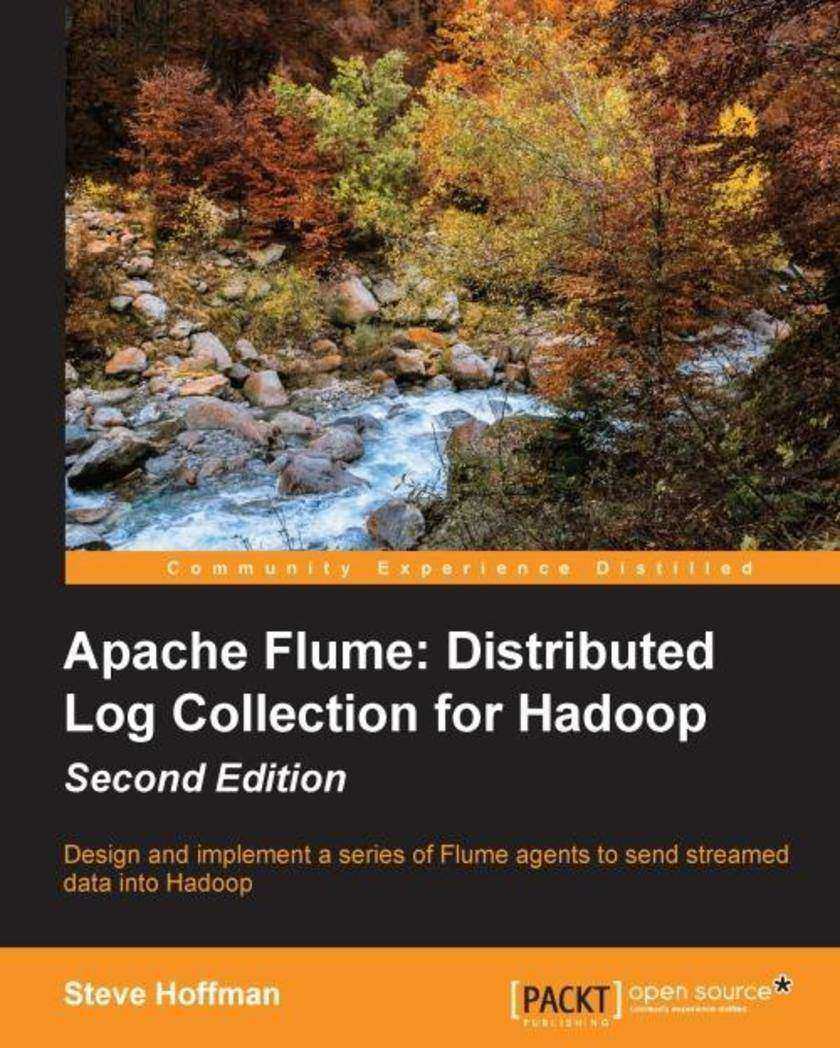
Apache Flume: Distributed Log Collection for Hadoop - Second Edition
¥66.48
If you are a Hadoop programmer who wants to learn about Flume to be able to move datasets into Hadoop in a timely and replicable manner, then this book is ideal for you. No prior knowledge about Apache Flume is necessary, but a basic knowledge of Hadoop and the Hadoop File System (HDFS) is assumed.
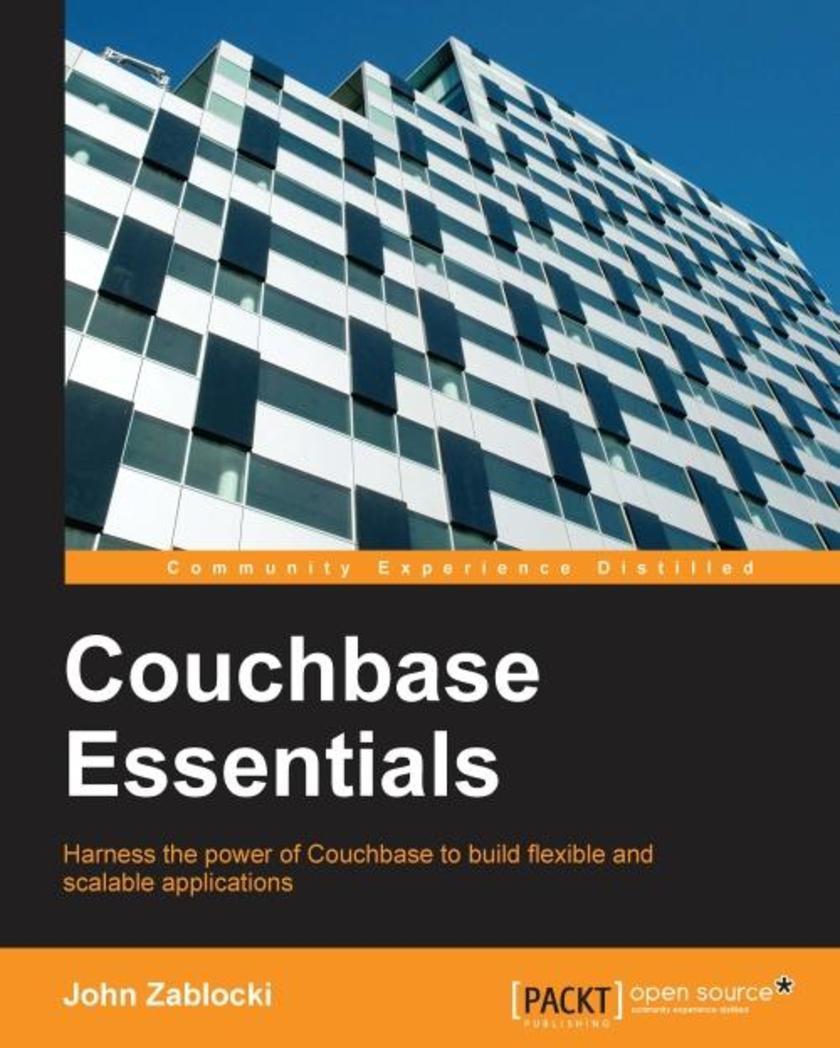
Couchbase Essentials
¥54.49
This book is for those application developers who want to achieve greater flexibility and scalability from their software. Whether you are familiar with other NoSQL databases or have only used relational systems, this book will provide you with enough background to move you along at your own pace. If you are new to NoSQL document databases, the design discussions and introductory material will give you the information you need to get started with Couchbase.
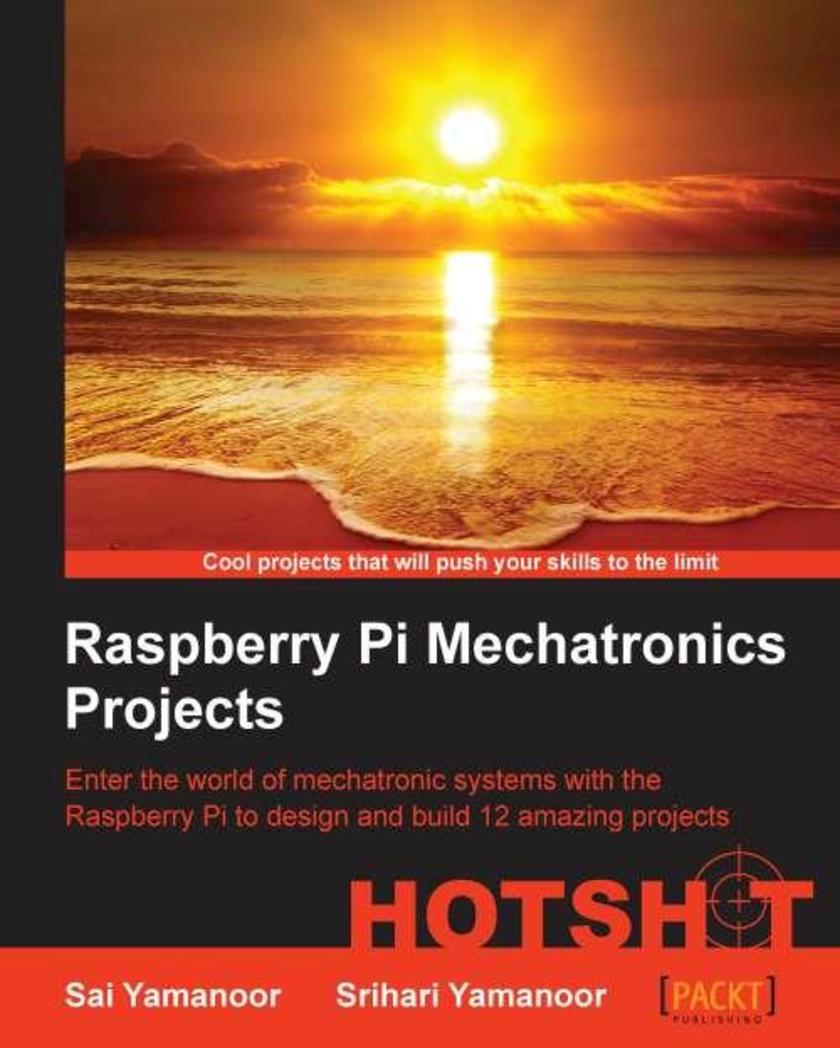
Raspberry Pi Mechatronics Projects HOTSHOT
¥80.65
This book is targeted towards beginners and intermediate designers of mechatronic systems and embedded system design. Some familiarity with the Raspberry Pi and Python programming is preferred but not required.
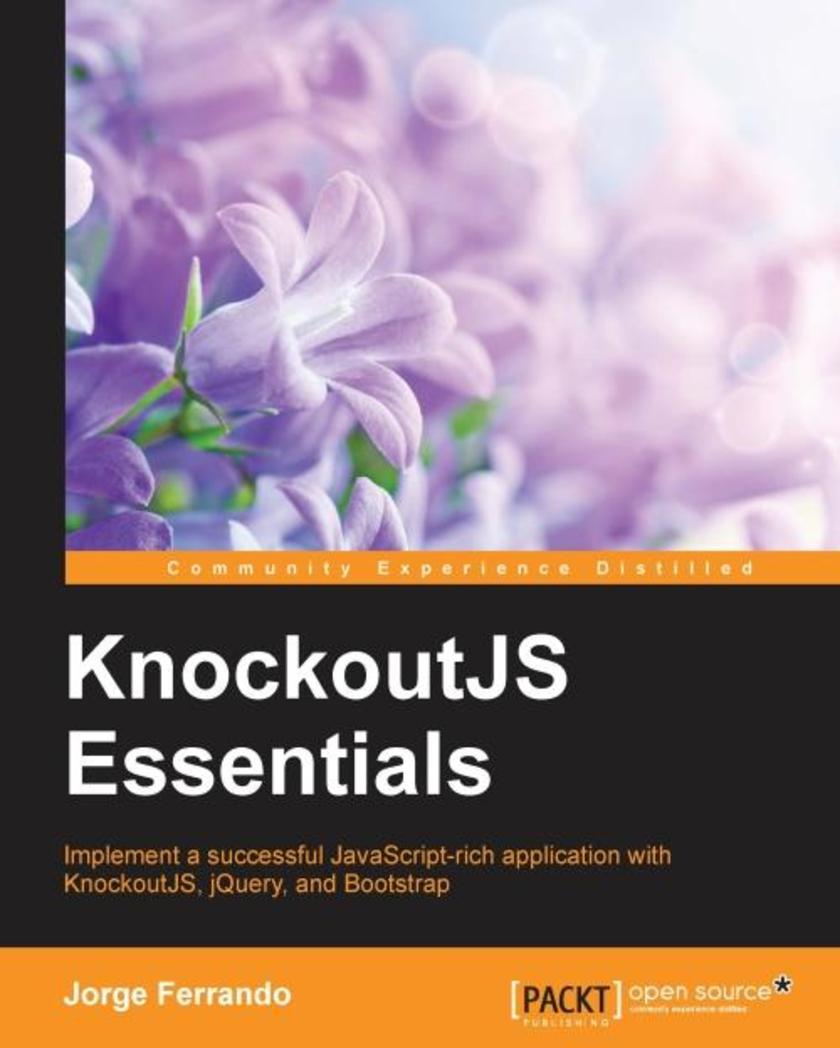
KnockoutJS Essentials
¥71.93
If you are a JavaScript developer who has been using DOM manipulation libraries such as Mootools or Scriptaculous, and you want go further in modern JavaScript development with a simple and well-documented library, then this book is for you. Learning how to use Knockout will be perfect as your next step towards building JavaScript applications that respond to user interaction.
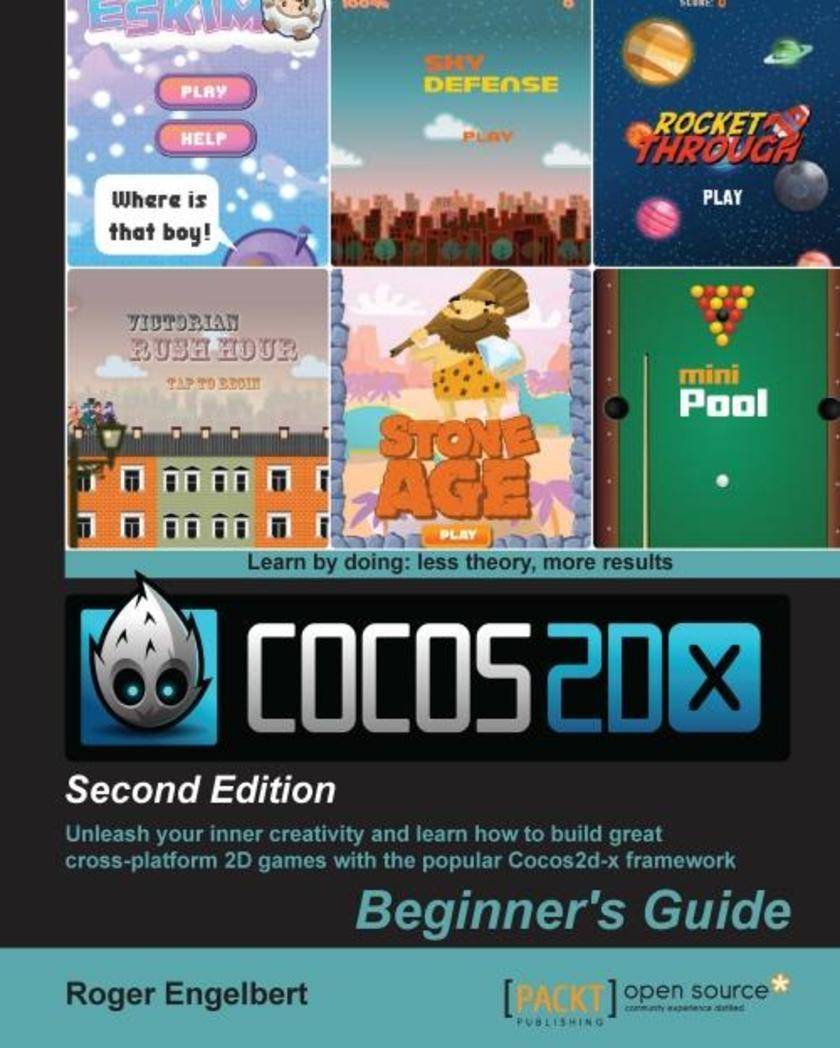
Cocos2d-x by Example: Beginner's Guide - Second Edition
¥80.65
If you are a game enthusiast who would like to develop and publish your own game ideas onto different app stores, this is the book for you. Some knowledge of C++ or Java is helpful but not necessary.

SQL Server Analysis Services 2012 Cube Development Cookbook
¥107.90
A practical cookbook packed with recipes to help developers produce data cubes as quickly as possible by following step by step instructions, rather than explaining data mining concepts with SSAS.If you are a BI or ETL developer using SQL Server Analysis services to build OLAP cubes, this book is ideal for you. Prior knowledge of relational databases and experience with Excel as well as SQL development is required.
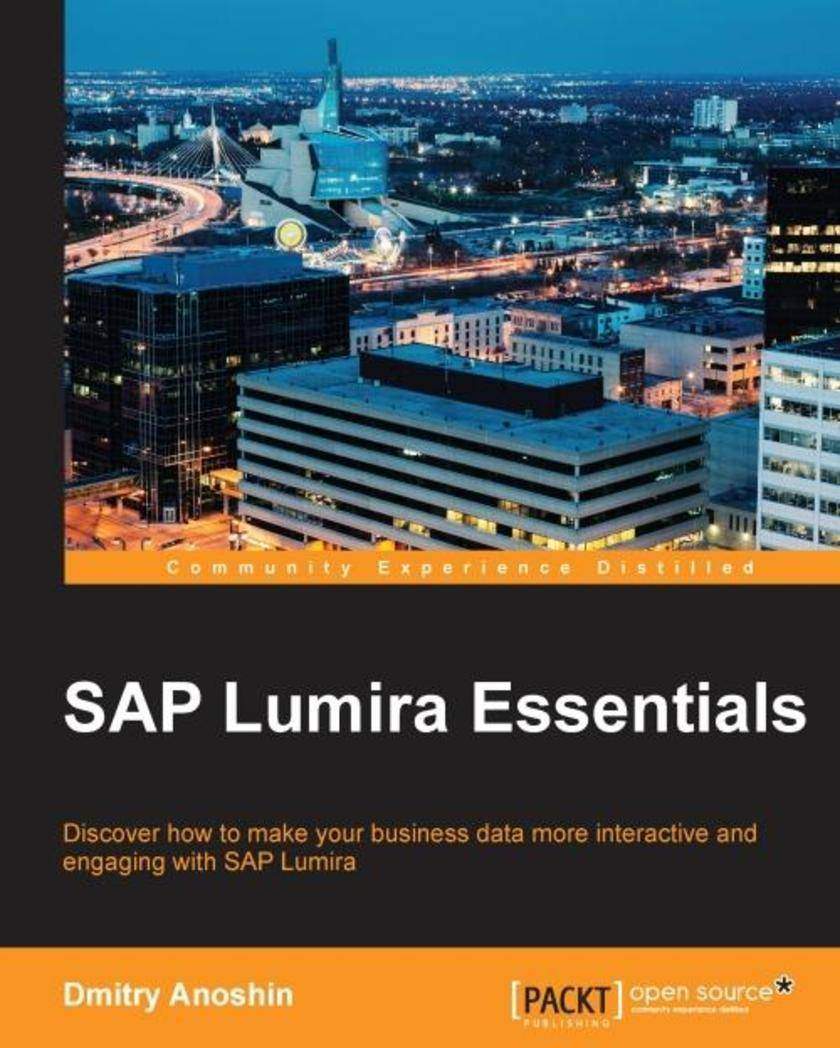
SAP Lumira Essentials
¥80.65
Discover how to make your business data more interactive and engaging with SAP Lumira About This Book Create a powerful data discovery experience with the advanced capabilities of SAP Lumira Find business insights in your data through data blending, wrangling, transformation, and visualization A fast-paced guide packed with hands-on practical examples, real-world solutions, and best practices to get you started with SAP Lumira Who This Book Is For If you are a SAP user, business analyst, BI developer, or a junior data engineer who wants to use SAP Lumira to build creative visualizations, this book is for you. You should have a reasonable level of knowledge of SAP Business Objects and its components. What You Will Learn Deploy SAP Lumira on your computer and learn more about the SAP Lumira interface Extract data from different sources using SAP Lumira’s data connecters Prepare, filter, clean, and format your data Discover visualization techniques and data discovery methods Administrate and customize SAP Lumira to get basic knowledge of its SDK Create various charts to deliver fantastic data visualizations Connect to SAP BusinessObjects BI Platform and SAP HANA to extract, prepare, and visualize data In Detail SAP Lumira allows you to combine data from multiple sources into a single view and create engaging visualizations quickly and easily. It is a reporting platform that helps users access data and independently perform analysis. With the increasing interest in data discovery, self-service BI, and visualization around the world, tools like SAP Lumira help to eliminate the complexities of analyzing and discovering data. Learn data discovery techniques, build amazing visualizations, create fantastic stories, and share your visualizations through an electronic medium with one of the most powerful tools around—SAP Lumira. You will begin with an overview of the SAP Lumira family of products. You will then go through various data discovery techniques using real-world scenarios of an online e-commerce retailer through detailed recipes on the installation, administration, and customization of SAP Lumira. Next, you will work with data, starting from acquiring data from various data sources, then preparing and visualizing it using the rich functionality of SAP Lumira. Finally, you will present data via a data story or infographic and publish it across your organization or on the World Wide Web. Style and approach This is a step-by-step guide to learning SAP Lumira essentials packed with examples on real-world problems and solutions.
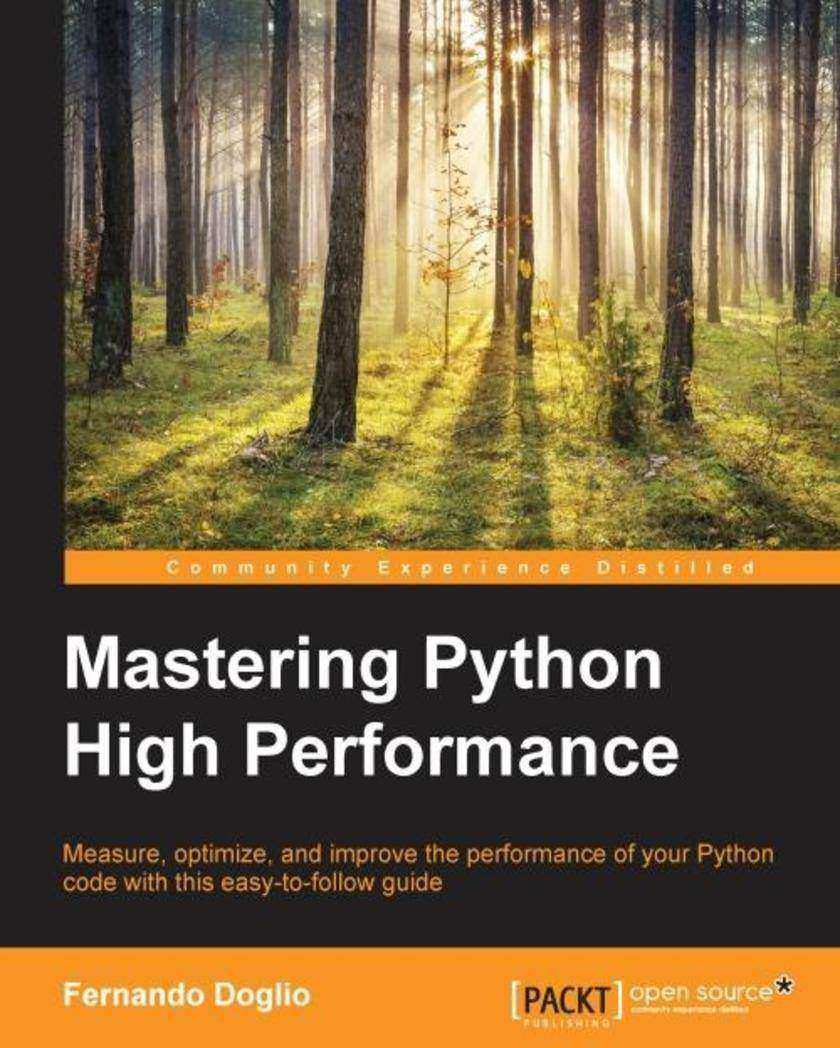
Mastering Python High Performance
¥71.93
Measure, optimize, and improve the performance of your Python code with this easy-to-follow guide About This Book Master the do's and don'ts of Python performance programming Learn how to use exiting new tools that will help you improve your *s A step-by-step, conceptual guide to teach you how to optimize and fine-tune your critical pieces of code Who This Book Is For If you're a Python developer looking to improve the speed of your *s or simply wanting to take your skills to the next level, then this book is perfect for you. What You Will Learn Master code optimization step-by-step and learn how to use different tools Understand what a profiler is and how to read its output Interpret visual output from profiling tools and improve the performance of your * Use Cython to create fast applications using Python and C Take advantage of PyPy to improve performance of Python code Optimize number-crunching code with NumPy, Numba, Parakeet, and Pandas In Detail Simply knowing how to code is not enough; on mission-critical pieces of code, every bit of memory and every CPU cycle counts, and knowing how to squish every bit of processing power out of your code is a crucial and sought-after skill. Nowadays, Python is used for many scientific projects, and sometimes the calculations done in those projects require some serious fine-tuning. Profilers are tools designed to help you measure the performance of your code and help you during the optimization process, so knowing how to use them and read their output is very handy. This book starts from the basics and progressively moves on to more advanced topics. You’ll learn everything from profiling all the way up to writing a real-life application and applying a full set of tools designed to improve it in different ways. In the middle, you’ll stop to learn about the major profilers used in Python and about some graphic tools to help you make sense of their output. You’ll then move from generic optimization techniques onto Python-specific ones, going over the main constructs of the language that will help you improve your speed without much of a change. Finally, the book covers some number-crunching-specific libraries and how to use them properly to get the best speed out of them. After reading this book, you will know how to take any Python code, profile it, find out where the bottlenecks are, and apply different techniques to remove them. Style and approach This easy-to-follow, practical guide will help you enhance your optimization skills by improving real-world code.
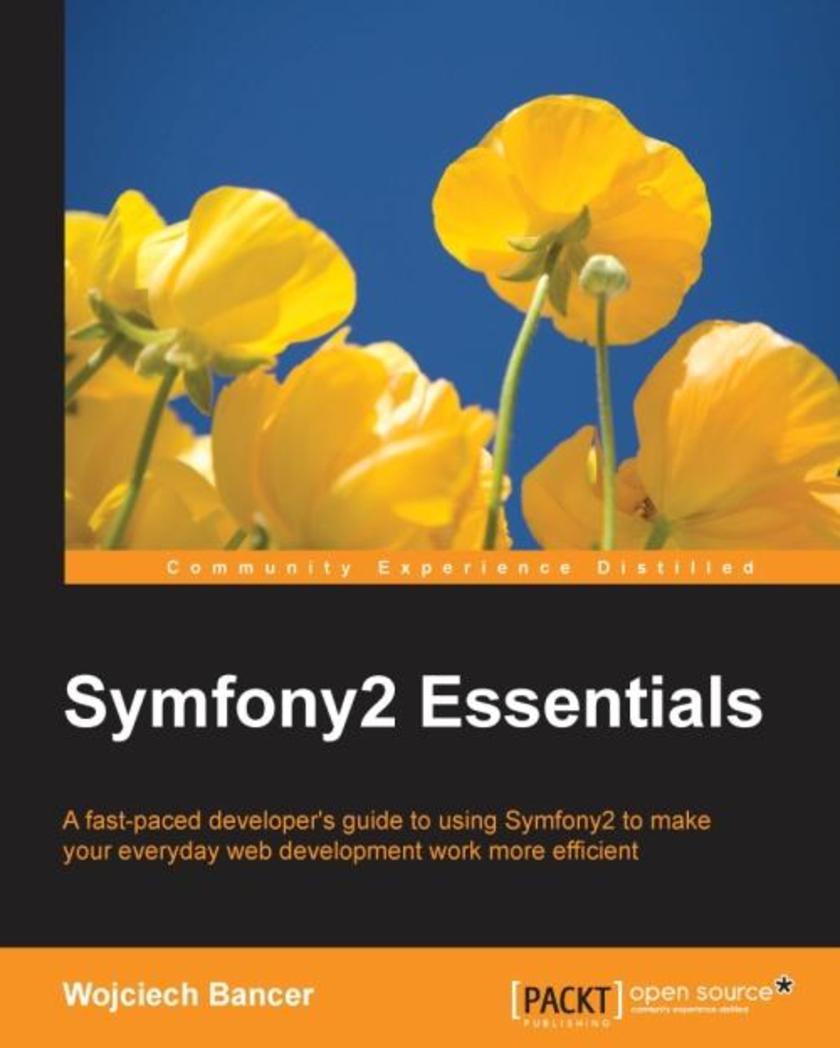
Symfony2 Essentials
¥54.49
A fast-paced developer's guide to using Symfony2 to make your everyday web development work more efficient Key Features Build web applications with the latest features of Symfony2 Focus on common tasks such as creating CRUD, creating an API, and providing a login Install and configure Symfony2 and evaluate it for your everyday needs Who This Book Is For This book is aimed at experienced programmers, especially those familiar with a closely related technology such as Yii or Laravel, but who now want to learn Symfony quickly. This book will also prove beneficial for experienced PHP developers who want to explore and evaluate new frameworks and their possibilities in day-to-day tasks. What You Will Learn Familiarise yourself with the Symfony framework, its latest features, and how to install it Discover the concept of bundles and their application Handle translations within Symfony, enable translations, and learn how to handle database translations Understand Symfony's security model, how to secure applications, and implement a custom authentication provider by using FOSUserBundle Explore the use of Twig, find best practices around its usage, and discover its common pitfalls Create internal commands that will handle sending e-mail reminders for your app Develop a plugin for the profiler to provide custom information about your application Deploy applications based on Symfony2 using various methods including simple FTP copying, rsync, CI deployment, and more In Detail Symfony is a free and open source PHP MVC web application development framework, which helps you create and maintain web applications and replace recurrent coding tasks. It integrates with an independent library, PHPUnit, to give you a rich testing framework. It is one of the best and most popular frameworks available on the market. Popular projects such as Drupal, Laravel, and phpBB also use Symfony. Its well-organized structure, clean code, and good programming practices make web development a breeze. Symfony2 Essentials will guide you through the process of creating a sample web application with Symfony2. You will create a To-Do application, using a few of the most commonly used Symfony2 components, and discover how to perform these development tasks efficiently. This book introduces you to the Symfony framework with a quick installation guide and a brief explanation of its key features including the MVC architecture, twig templating, dependency injection, and more. You will learn to manage dependencies, create controllers, views, and API calls, and secure your application. Next, you will go through the steps that are common for most web applications, which include writing CRUD and AJAX, handling forms, validation, translations, and the command-line interface, and e-mail sending features. The book ends with best practices, debugging, profiling, and deployment procedures. By the end of this book, you will have learned how to combine a Symfony2 framework with other open source code to speed up the development process. Style and approach A fast-paced, step-by-step guide with examples on how to write the most common pieces of code while developing typical web applications with Symfony.
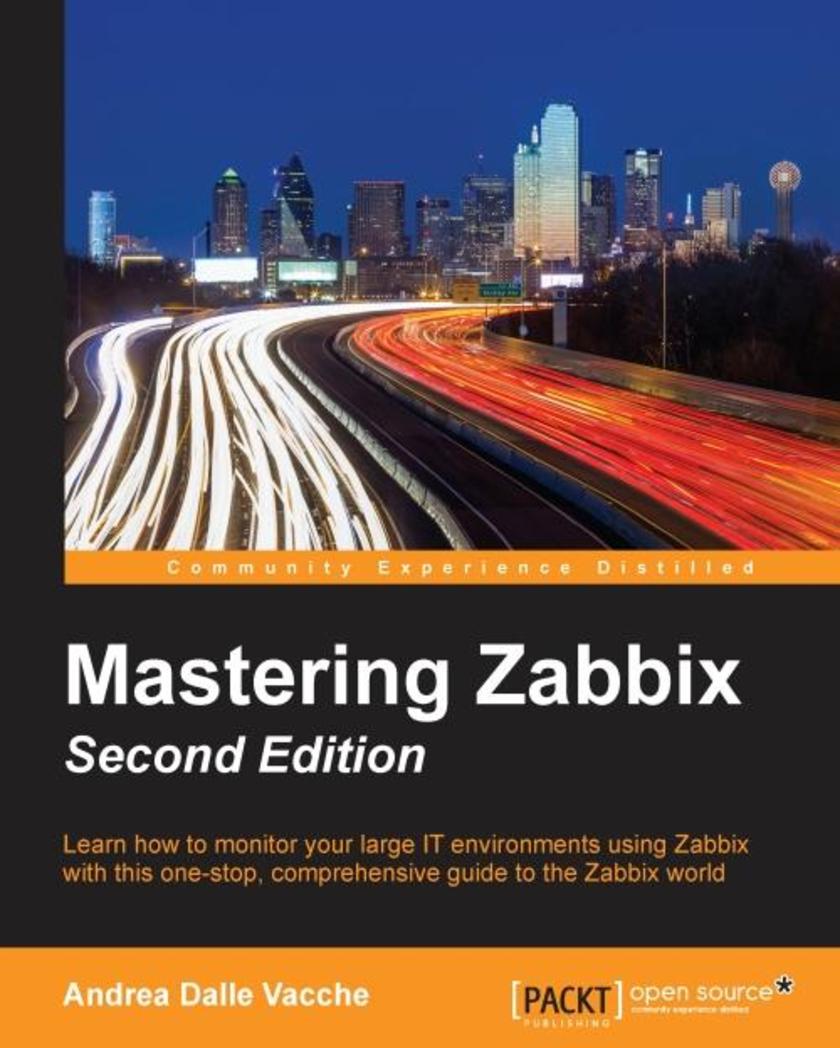
Mastering Zabbix - Second Edition
¥90.46
Learn how to monitor your large IT environments using Zabbix with this one-stop, comprehensive guide to the Zabbix world About This Book Create a tailor-made monitoring solution based on your specific needs Learn advanced techniques of Zabbix to monitor networks, performances, and other critical features in large environments Integrate, customize, and extend your monitoring solutions with external components and software Who This Book Is For This book is intended for system administrators and IT architects who need to better integrate their Zabbix installation with their surrounding environment. A basic, working knowledge of Zabbix and Linux is assumed so that the book can focus on how to use every component to its full advantage. It will also be helpful to be familiar with programming concepts and languages but if not, all the content in the book is thorough and well documented. What You Will Learn Efficiently collect data from a large variety of monitoring objects Organize your data in graphs, charts, maps, and slide shows Build intelligent triggers and alarms to monitor your network proactively Write your own custom probes and monitoring *s to extend Zabbix Configure Zabbix and its database to be high available and fault-tolerant Automate repetitive procedures using Zabbix's API Integrate Zabbix with external systems Understand the protocol and how to interact with it by writing your own custom agent In Detail Nowadays monitoring systems play a crucial role in any IT environment. They are extensively used to not only measure your system’s performance, but also to forecast capacity issues. This is where Zabbix, one of the most popular monitoring solutions for networks and applications, comes into the picture. With an efficient monitoring system in place you’ll be able to foresee when your infrastructure runs under capacity and react accordingly. Due to the critical role a monitoring system plays, it is fundamental to implement it in the best way from its initial setup. This avoids misleading, confusing, or, even worse, false alarms which can disrupt an efficient and healthy IT department. This new edition will provide you with all the knowledge you need to make strategic and practical decisions about the Zabbix monitoring system. The setup you’ll do with this book will fit your environment and monitoring needs like a glove. You will be guided through the initial steps of choosing the correct size and configuration for your system, to what to monitor and how to implement your own custom monitoring component. Exporting and integrating your data with other systems is also covered. By the end of this book, you will have a tailor-made and well configured monitoring system and will understand with absolute clarity how crucial it is to your IT environment. Style and approach This book is an easy to follow, step-by-step guide to monitoring network and performance in large environments with Zabbix. It is designed for real-world Zabbix administrators, and is comprised of a perfect mix of theoretical explanations and practical applications, making it your perfect companion.
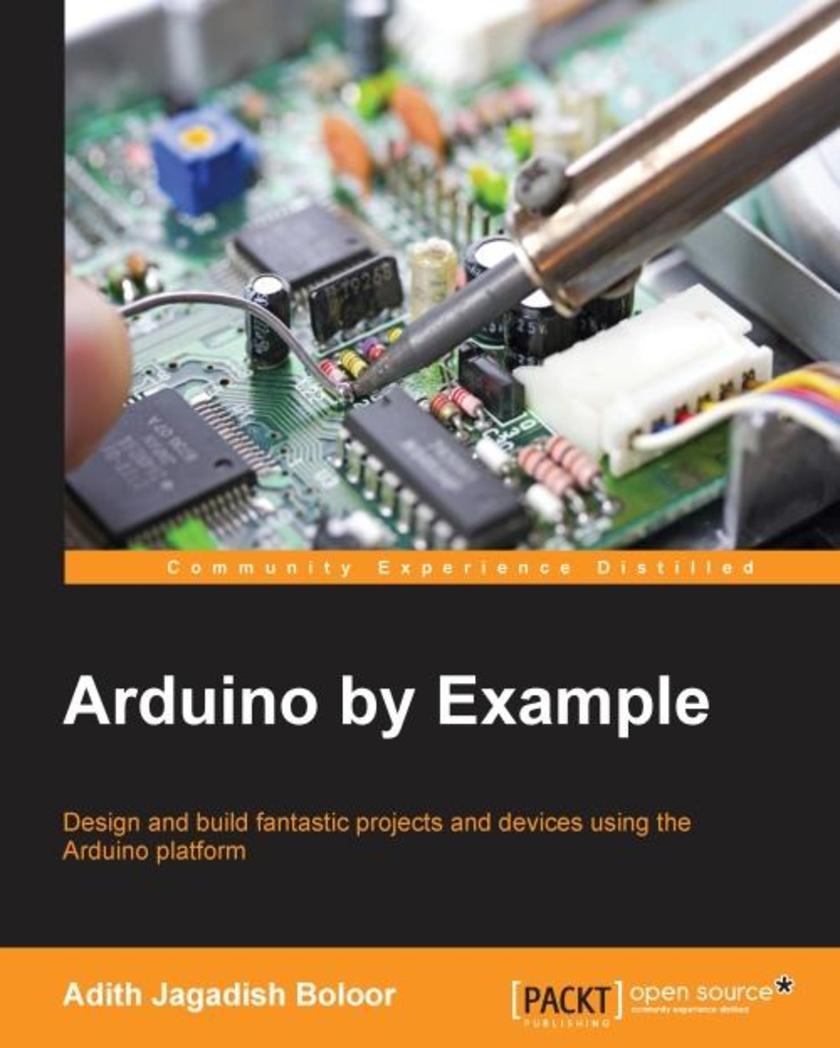
Arduino by Example
¥71.93
Design and build fantastic projects and devices using the Arduino platform About This Book Explore the different sensors that can be used to improve the functionality of the Arduino projects Program networking modules in conjunction with Arduino to make smarter and more communicable devices A practical guide that shows you how to utilize Arduino to create practical, useful projects Who This Book Is For This book is an ideal choice for hobbyists or professionals who want to create quick and easy projects with Arduino. As a prerequisite, readers must have a working Arduino system and some programming background, ideally in C/C++. Basic knowledge of Arduino is helpful but not required to follow along with this book. What You Will Learn Understand and utilize the capabilities of the Arduino Integrate sensors to gather environmental data and display this information in meaningful ways Add modules such as Bluetooth and Wi-fithat allow the Arduino to communicate and send data between devices Create simple servers to allow communication to occur Build automated projects including robots while learning complex algorithms to mimic biological locomotion Implement error handling to make programs easier to debug and look more professional Integrate powerful programming tools and software such as Python and Processing to broaden the scope of what the Arduino can achieve Practice and learn basic programming etiquette In Detail Arduino an opensource physical computing platform based on a simple microcontroller board, and a development environment for writing software for the board. The opensource Arduino software (IDE) makes it easy to write code and upload it to the board. It runs on Windows, Mac OS X, and Linux. The environment is written in Java and based on Processing and other opensource software. With the growing interest in home-made, weekend projects among students and hobbyists alike, Arduino offers an innovative and feasible platform to create projects that promote creativity and technological tinkering. Arduino by Example is a project-oriented guide to help you fully utilize the power of one of the world's most powerful open source platforms, Arduino. This book demonstrates three projects ranging from a home automation project involving your lighting system to a simple robotic project to a touch sensor project. You will first learn the basic concepts such as how to get started with the Arduino, and as you start building the project, you will develop the practical skills needed to successfully build Arduino powered projects that have real-life implications. The complexity of the book slowly increases as you complete a project and move on to the next. By the end of this book, you will be able to create basic projects and utilize the elements used in the examples to construct your own devices. Style and approach This book follows a project-oriented approach, with multiple images and plenty of code to help you build your projects easily. The book uses a tutorial-based methodology where the concepts are first explained and then implemented to help you develop the projects.
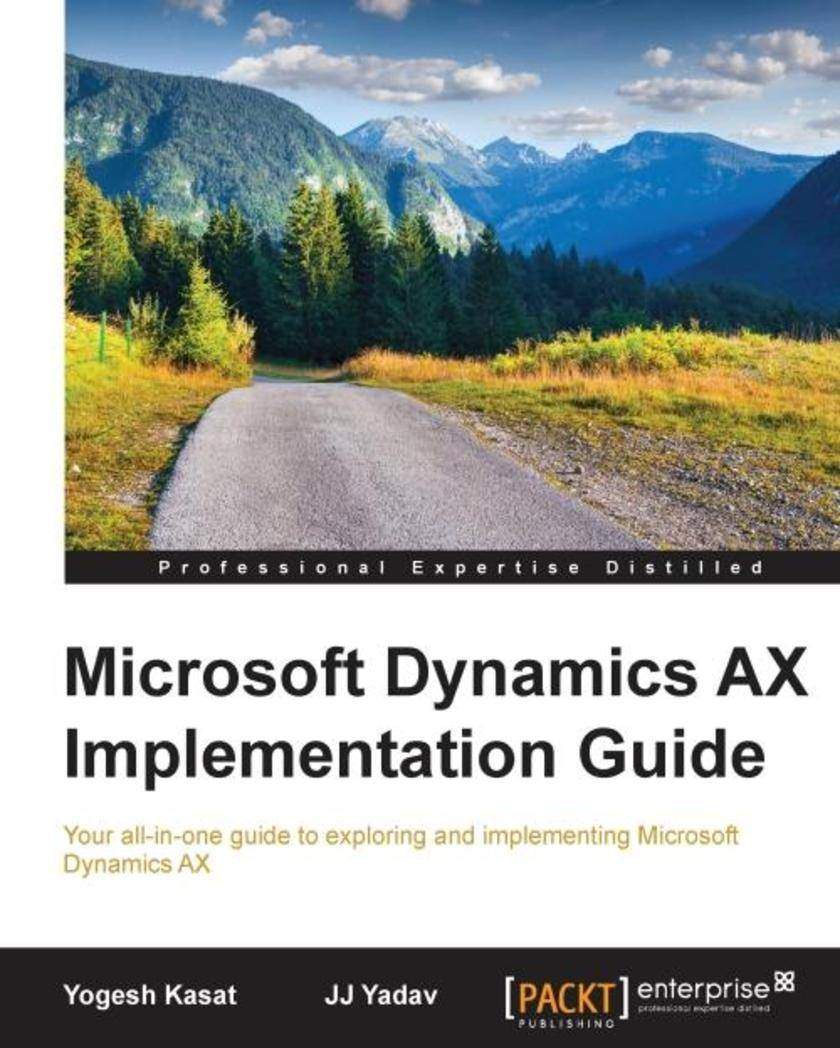
Microsoft Dynamics AX Implementation Guide
¥99.18
Your all-in-one guide to exploring and implementing Microsoft Dynamics AX About This Book From project kick-off to go live and upgrade, learn what to expect in each phase of the project This book guides you through the entire journey of a Dynamics AX implementation project, helping you to avoid the common pitfalls and adapt industry knowledge and best practices for your own project This one-stop guide is packed with key tools and techniques to aid your Dynamics AX implementation Who This Book Is For This book is for IT project managers, solution architects, and consultants who are planning to implement or are in the process of implementing or upgrading Dynamics AX. To use this book, you must have a working Dynamics AX system in place and must be familiar with the basics of Dynamics AX. What You Will Learn Prepare for a great start with effective project management and planning from the beginning Gather details early using effective requirement-gathering tools and techniques Gain tools and techniques for effective infrastructure planning and hardware sizing Get to grips with integration and data migration through planning and strategy Familiarize yourself with the reporting and BI tools Master functional and technical design to customize existing features and designs in your own projects Manage your configuration and you’re your configuration from one environment to another Learn industry’s best practices and recommendations on customization development and performance tuning In Detail Microsoft Dynamics AX is Enterprise Resource Planning (ERP) software that supports multi-site operations across various countries, providing international processing within the company. It is an ERP solution with a lot of features and functionality, and it provides support across the fields of financial, distribution, supply chain, project, customer relationship, HR, and field service management. This book is all about simplifying the overall implementation process of Dynamics AX. The purpose of this book is to help IT managers and solution architects implement Dynamics AX to increase the success rate of Dynamics AX projects. This all-in-one guide will take you through an entire journey of a Dynamics AX implementation, ensuring you avoid commonly-made mistakes during implementation. You’ll begin with the installation of Dynamics AX and the basic requirements. Then, you’ll move onto data migration, reporting, functional and technical design, configuration, and performance tuning. By the end of the book, you will know how to plan and execute Dynamics AX right, on your first attempt, using insider industry knowledge and best practices. Style and approach This is a progressive, easy-to-follow book that summarizes numerous aspects you need to know to make your Dynamics AX implementations successful using code examples to get you hands-on.
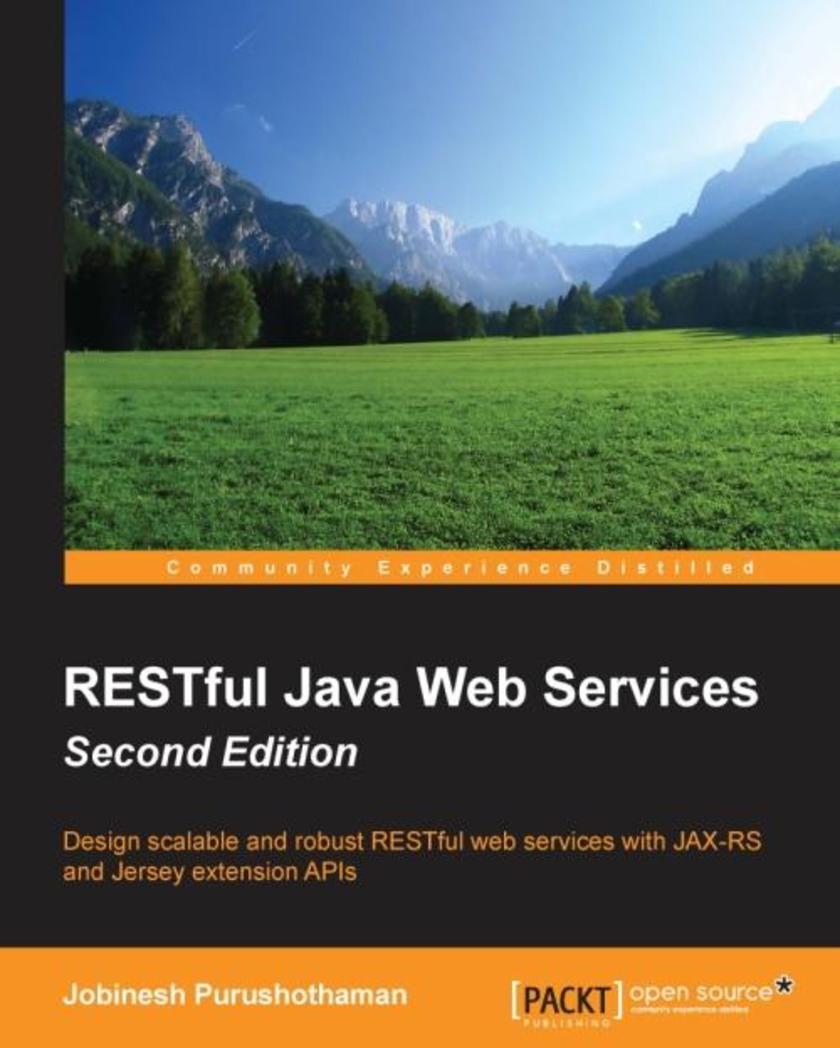
RESTful Java Web Services - Second Edition
¥80.65
Design scalable and robust RESTful web services with JAX-RS and Jersey extension APIs About This Book Get to grips with the portable Java APIs used for JSON processing Design solutions to produce, consume, and visualize RESTful web services using WADL, RAML, and Swagger A step-by-step guide packed with many real-life use-cases to help you build efficient and secure RESTful web APIs in Java Who This Book Is For If you are a web developer with a basic understanding of the REST concepts but are new to the idea of designing and developing RESTful web services, this is the book for you. As all the code samples for the book are written in Java, proficiency in Java is a must. What You Will Learn Introduce yourself to the RESTful software architectural style and the REST API design principles Make use of the JSR 353 APIs and Jackson API for JSON processing Build portable RESTful web APIs, making use of the JAX-RS 2.0 API Simplify API development using the Jersey extension APIs Secure your RESTful web services with various authentication and authorization mechanisms Get to grips with the various metadata solutions to describe, produce, and consume RESTful web services Understand the design and coding guidelines to build well-performing RESTful APIs See how the role of RESTful web services changes with emerging technologies and trends In Detail REST (REpresentational State Transfer) is a simple yet powerful software architecture style to create scalable web services and allow them to be simple, lightweight, and fast. The REST API uses HTTP and JSON, so that it can be used with many programming languages such as Ruby, Java, Python, and Scala. Its use in Java seems to be the most popular though, because of the API's reusability. This book is a guide to developing RESTful web services in Java using the popular RESTful framework APIs available today. You will begin with gaining an in-depth knowledge of the RESTful software architectural style and its relevance in modern applications. Further, you will understand the APIs to parse, generate, transform, and query JSON effectively. Then, you will see how to build a simple RESTful service using the popular JAX-RS 2.0 API along with some real-world examples. This book will introduce you to the Jersey framework API, which is used to simplify your web services. You will also see how to secure your services with various authentication mechanisms. You will get to grips with various solutions to describe, produce, consume, and visualize RESTful web services. Finally, you will see how to design your web services to equip them for the future technological advances, be it Cloud or mobile computing. By the end of this book, you will be able to efficiently build robust, scalable, and secure RESTful web services, making use of the JAX-RS and Jersey framework extensions. Style and approach This book is written as a step-by-step guide to designing and developing robust RESTful web services. Each topic is explained in a simple and easy-to-understand manner with lots of real-life use-cases and their solutions.
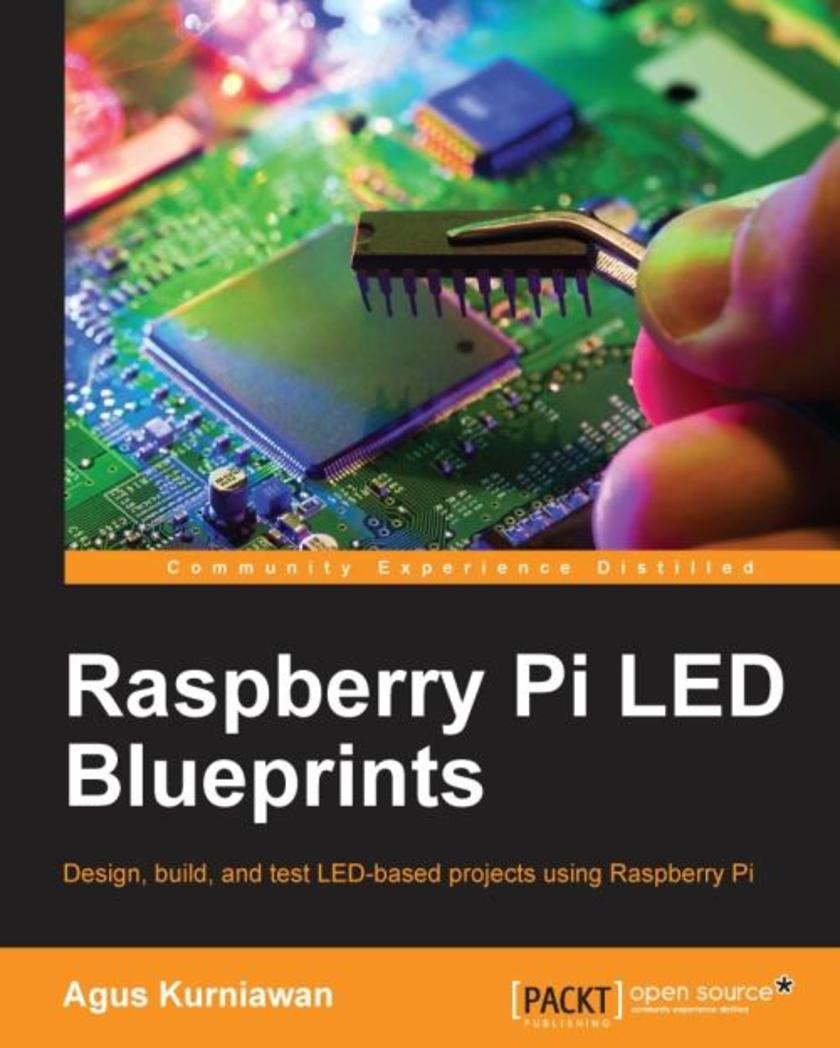
Raspberry Pi LED Blueprints
¥54.49
Design, build, and test LED-based projects using the Raspberry Pi About This Book Implement real LED-based projects for Raspberry Pi Learn to interface various LED modules such as LEDs, 7-segment, 4-digits 7 segment, and dot matrix to Raspberry Pi Get hands-on experience by exploring real-time LEDs with this project-based book Who This Book Is For This book is for those who want to learn how to build Raspberry Pi projects utilising LEDs, 7 segment, 4-digits 7 segment, and dot matrix modules. You also will learn to implement those modules in real applications, including interfacing with wireless modules and the Android mobile app. However, you don't need to have any previous experience with the Raspberry Pi or Android platforms. What You Will Learn Control LEDs, 7 segments, and 4-digits 7 segment from a Raspberry Pi Expand Raspberry Pi’s GPIO Build a countdown timer Build a digital clock display Display numbers and characters on dot matrix displays Build a traffic light controller Build a remote home light control with a Bluetooth low energy module and Android Build mobile Internet-controlled lamps with a wireless module and Android In Detail Blinking LED is a popular application when getting started in embedded development. By customizing and utilising LED-based modules into the Raspberry Pi board, exciting projects can be obtained. A countdown timer, a digital clock, a traffic light controller, and a remote light controller are a list of LED-based inspired project samples for Raspberry Pi. An LED is a simple actuator device that displays lighting and can be controlled easily from a Raspberry Pi. This book will provide you with the ability to control LEDs from Raspberry Pi, starting from describing an idea through designing and implementing several projects based on LEDs, such as, 7-segments, 4-digits 7 segment, and dot matrix displays. Beginning with step-by-step instructions on installation and configuration, this book can either be read from cover to cover or treated as an essential reference companion to your Raspberry Pi. Samples for the project application are provided such as a countdown timer, a digital clock, a traffic light controller, a remote light controller, and an LED-based Internet of Things, so you get more practice in the art of Raspberry Pi development. Raspberry Pi LED Blueprints is an essential reference guide full of practical solutions to help you build LED-based applications. Style and approach This book follows a step-by-step approach to LED-based development for Raspberry Pi, explained in a conversational and easy-to-follow style. Each topic is explained sequentially in the process of building an application, and detailed explanations of the basic and advanced features are included.
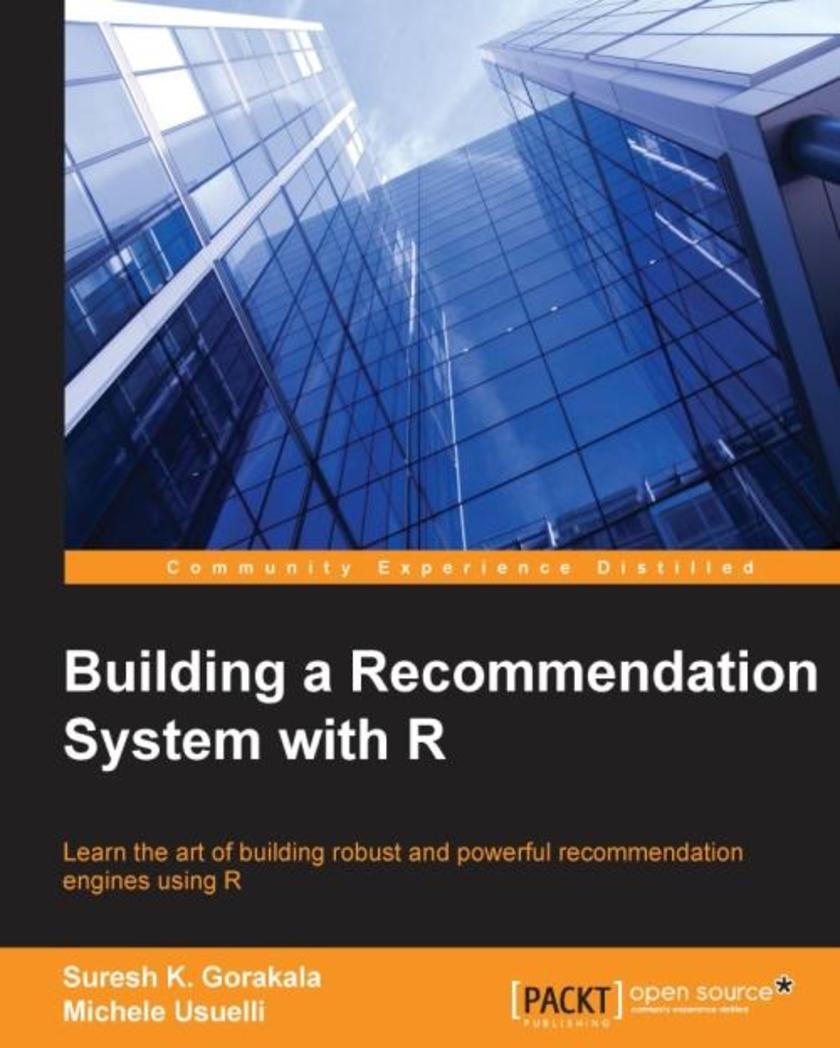
Building a Recommendation System with R
¥54.49
Learn the art of building robust and powerful recommendation engines using R About This Book Learn to exploit various data mining techniques Understand some of the most popular recommendation techniques This is a step-by-step guide full of real-world examples to help you build and optimize recommendation engines Who This Book Is For If you are a competent developer with some knowledge of machine learning and R, and want to further enhance your skills to build recommendation systems, then this book is for you. What You Will Learn Get to grips with the most important branches of recommendation Understand various data processing and data mining techniques Evaluate and optimize the recommendation algorithms Prepare and structure the data before building models Discover different recommender systems along with their implementation in R Explore various evaluation techniques used in recommender systems Get to know about recommenderlab, an R package, and understand how to optimize it to build efficient recommendation systems In Detail A recommendation system performs extensive data analysis in order to generate suggestions to its users about what might interest them. R has recently become one of the most popular programming languages for the data analysis. Its structure allows you to interactively explore the data and its modules contain the most cutting-edge techniques thanks to its wide international community. This distinctive feature of the R language makes it a preferred choice for developers who are looking to build recommendation systems. The book will help you understand how to build recommender systems using R. It starts off by explaining the basics of data mining and machine learning. Next, you will be familiarized with how to build and optimize recommender models using R. Following that, you will be given an overview of the most popular recommendation techniques. Finally, you will learn to implement all the concepts you have learned throughout the book to build a recommender system. Style and approach This is a step-by-step guide that will take you through a series of core tasks. Every task is explained in detail with the help of practical examples.
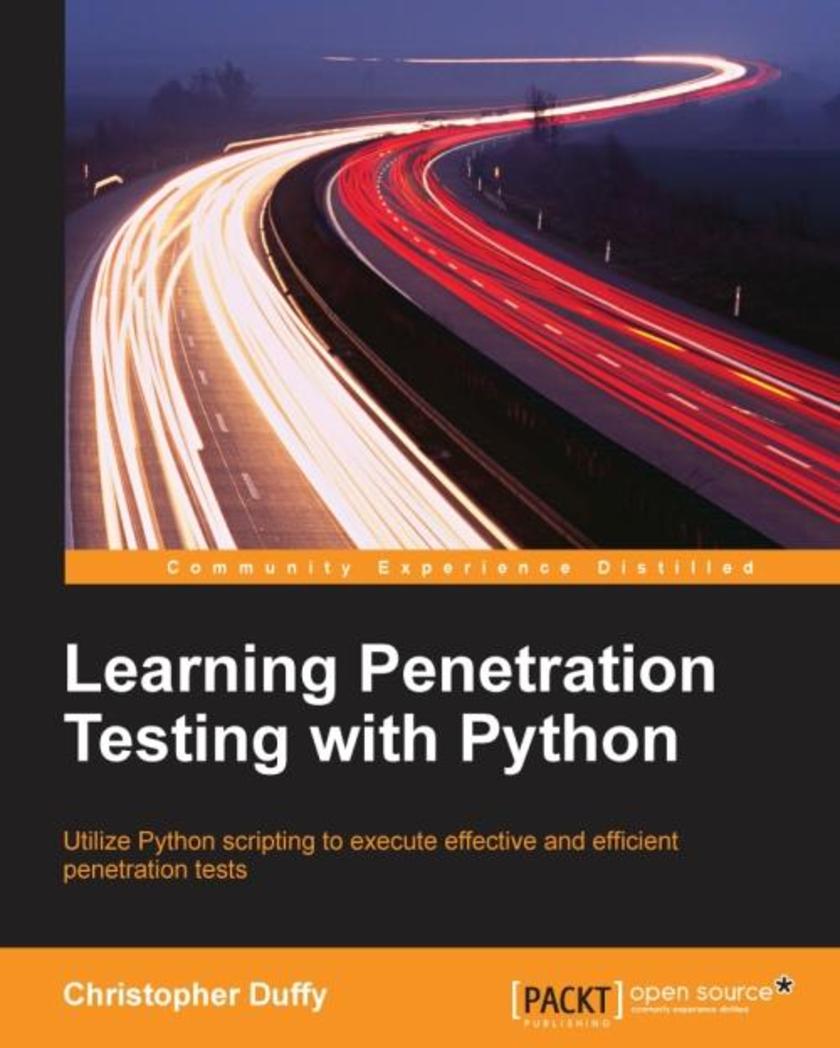
Learning Penetration Testing with Python
¥90.46
Utilize Python *ing to execute effective and efficient penetration tests About This Book Understand how and where Python *s meet the need for penetration testing Familiarise yourself with the process of highlighting a specific methodology to exploit an environment to fetch critical data Develop your Python and penetration testing skills with real-world examples Who This Book Is For If you are a security professional or researcher, with knowledge of different operating systems and a conceptual idea of penetration testing, and you would like to grow your knowledge in Python, then this book is ideal for you. What You Will Learn Familiarise yourself with the generation of Metasploit resource files Use the Metasploit Remote Procedure Call (MSFRPC) to automate exploit generation and execution Use Python’s Scrapy, network, socket, office, Nmap libraries, and custom modules Parse Microsoft Office spreadsheets and eXtensible Markup Language (XML) data files Write buffer overflows and reverse Metasploit modules to expand capabilities Exploit Remote File Inclusion (RFI) to gain administrative access to systems with Python and other *ing languages Crack an organization’s Internet perimeter Chain exploits to gain deeper access to an organization’s resources Interact with web services with Python In Detail Python is a powerful new-age *ing platform that allows you to build exploits, evaluate services, automate, and link solutions with ease. Python is a multi-paradigm programming language well suited to both object-oriented application development as well as functional design patterns. Because of the power and flexibility offered by it, Python has become one of the most popular languages used for penetration testing. This book highlights how you can evaluate an organization methodically and realistically. Specific tradecraft and techniques are covered that show you exactly when and where industry tools can and should be used and when Python fits a need that proprietary and open source solutions do not. Initial methodology, and Python fundamentals are established and then built on. Specific examples are created with vulnerable system images, which are available to the community to test *s, techniques, and exploits. This book walks you through real-world penetration testing challenges and how Python can help. From start to finish, the book takes you through how to create Python *s that meet relative needs that can be adapted to particular situations. As chapters progress, the * examples explain new concepts to enhance your foundational knowledge, culminating with you being able to build multi-threaded security tools, link security tools together, automate reports, create custom exploits, and expand Metasploit modules. Style and approach This book is a practical guide that will help you become better penetration testers and/or Python security tool developers. Each chapter builds on concepts and tradecraft using detailed examples in test environments that you can simulate.
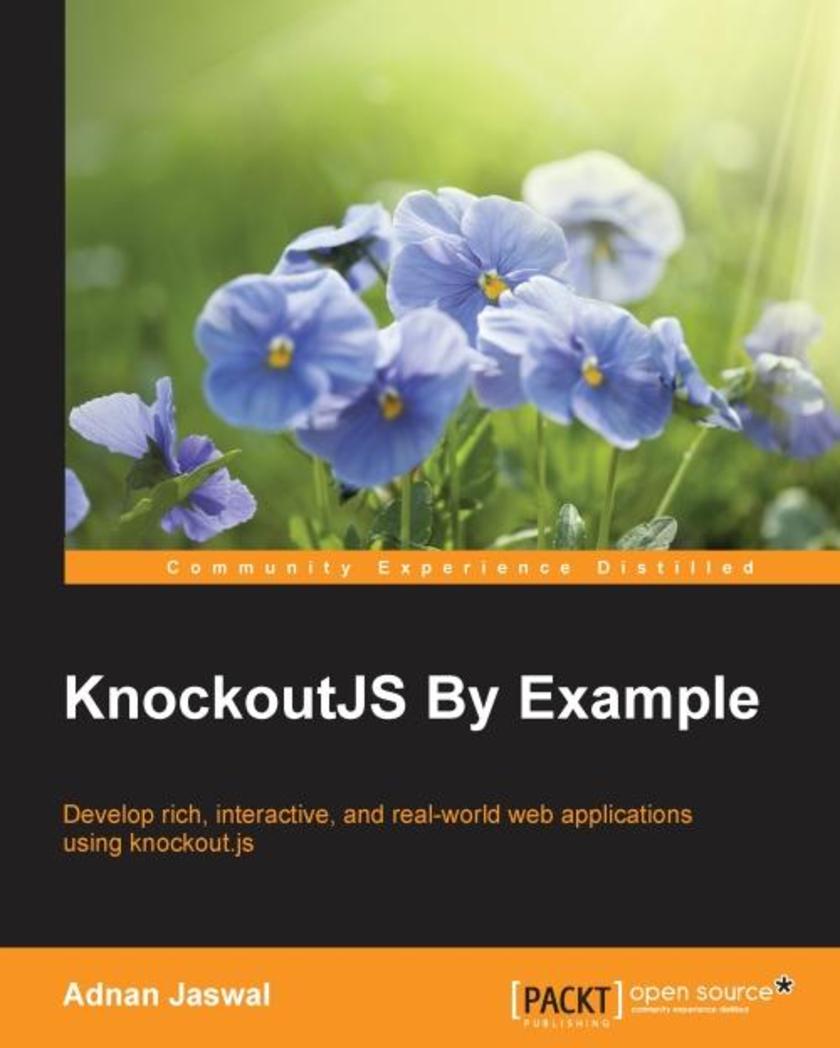
KnockoutJS by Example
¥80.65
Develop rich, interactive, and real-world web applications using knockout.js About This Book Master the full range of features provided by knockout.js such as declarative binding, automatic refresh, dependency tracking, and templating using this project based guide Tackle real-world problems such as page navigation, forms, composite UI components, maps integration, server interaction for CRUD operations, and application security Discover the power of knockout.js as you build applications with complexity ranging from beginner to advanced Extend and customize knockout.js to harness its full potential Integrate with third party libraries and APIs to build fully featured applications Who This Book Is For This book is intended for designers and developers who want to learn how to use Knockout to develop rich, interactive, and modular web applications. The book assumes no prior knowledge of the Knockout library but basic familiarity with HTML, CSS, and JavaScript would be helpful. What You Will Learn Explore the basic concept behind the Model-View-View Model (MVVM) design pattern and how it is implemented by Knockout Develop a modular application skeleton based on the module pattern that can be used as a template for your projects Create single page, rich, interactive, modular, real-world applications using Knockout Use knockout.js with other libraries and APIs such as JQuery, Bootstrap, and Google Maps API to give your users a richer experience Create a real-world dynamic web form to capture user information and learn how Knockout makes it easier to capture, validate, and submit form data Develop and use dynamic UI components such as grids, tabs, dialogs, and wizards Extend knockout.js to add custom extenders, binding handlers, and observables Communicate with the backend server using JSON over restful web services Secure your single page application using token-based authentication In Detail Knockout is an open source JavaScript library that lets you develop rich, interactive, and modular web applications. It reduces the complexities of JavaScript and HTML development by following the Model-View-View Model (MVVM) design pattern. It allows you to efficiently develop highly scalable, testable, and maintainable web applications that are rich and interactive. Knockout is a pure JavaScript library and supports all major browsers. This book starts with introducing the key features and concepts of knockout.js. It helps you create an application skeleton and a hello world application. You will develop a To-Do list application that aims to show the basic features of knockout.js in action such as data binding and observables, following which you will develop a dynamic online customer registration form that captures and validates customer information. This book will further walk your way to develop a customer banking portal, which demonstrates the use of knockout.js with components such as navigation bars, tabs, carousel, master details view, panels, forms, wizards, and modal dialogs. You will also discover to use token-based authentication and authorization to secure the customer banking portal and move on to creating an editable products grid with CRUD operations. Finally, you will explore using the Google maps api with knockout.js. By working along with the examples, this book will not only leave you with the basic understanding of knockout.js fundamentals but you will also have a web application ready instantly. Style and approach The book takes an iterative approach in explaining and building the sample applications. The applications are built in small portions with each portion delivering a set of features. It is an easy-to-follow yet comprehensive hands-on guide, which is full of real-world applications.
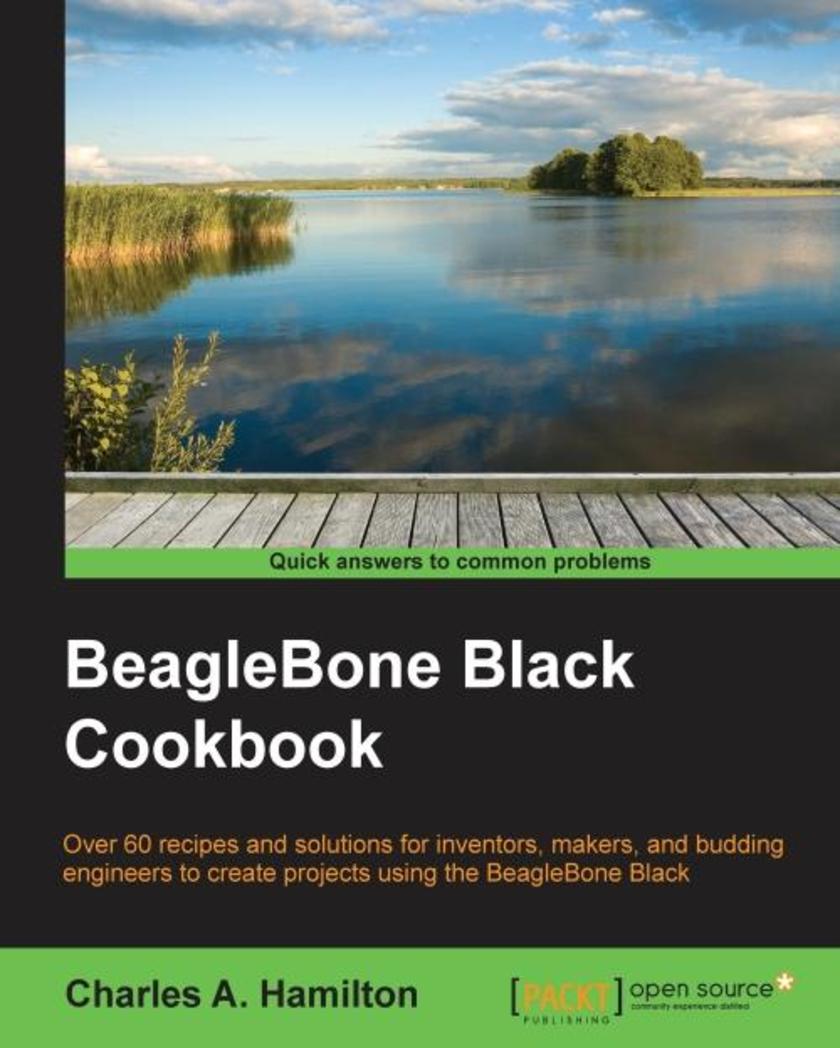
BeagleBone Black Cookbook
¥80.65
Over 70 recipes and solutions for inventors, makers, and budding engineers to create projects using the BeagleBone Black About This Book ?Learn how to develop applications with the BeagleBone Black and open source Linux software ?Sharpen your expertise in making sophisticated electronic devices ?Explore the BeagleBone Black with this easy-to-succeed recipe format Who This Book Is For If you are a hardware, Linux, and/or microcomputing novice, or someone who wants more power and possibilities with product prototypes, electronic art projects, or embedded computing experiments, then this book is for you. It is for Internet of Things enthusiasts who want to use more sophisticated hardware than the Raspberry Pi or the Arduino can provide. Whether you are an engineering student, a DIYer, an inventor, or an advanced electronics enthusiast, this book delivers accessible, compelling instructions for using an advanced microcomputing platform. What You Will Learn ?Set up and run the BeagleBone Black for the first time ?Learn the basics of microcomputing and Linux using the command line and easy kernel mods ?Make introductory projects with Python, JavaScript, BoneScript, and Node.js ?Explore physical computing and simple circuits using buttons, LEDs, sensors, and motors ?Discover the unique features of the BeagleBone Black and its real-time computing functions ?Build intermediate level audio and video applications ?Assemble draft prototypes for wearable and Internet of Things devices In Detail With dozens of how-tos, this book kicks off with the basic steps for setting up and running the BeagleBone Black for the first time, from connecting the necessary hardware and using the command line with Linux commands to installing new software and controlling your system remotely. Following these recipes, more advanced examples take you through *ing, debugging, and working with software source files, eventually working with the Linux kernel. Subsequently, you will learn how to exploit the board's real-time functions. We will then discover exciting methods for using sound and video with the system before marching forward into an exploration of recipes for building Internet of Things projects. Finally, the book finishes with a dramatic arc upward into outer space, when you explore ways to set up test recipes for building a project on board a small satellite's payload. Style and approach This comprehensive recipe book deconstructs a complex, often confusing piece of technology, and transforms it to become accessible and fun with snappy, unintimidating prose, and extensive easy-to-succeed instructions.
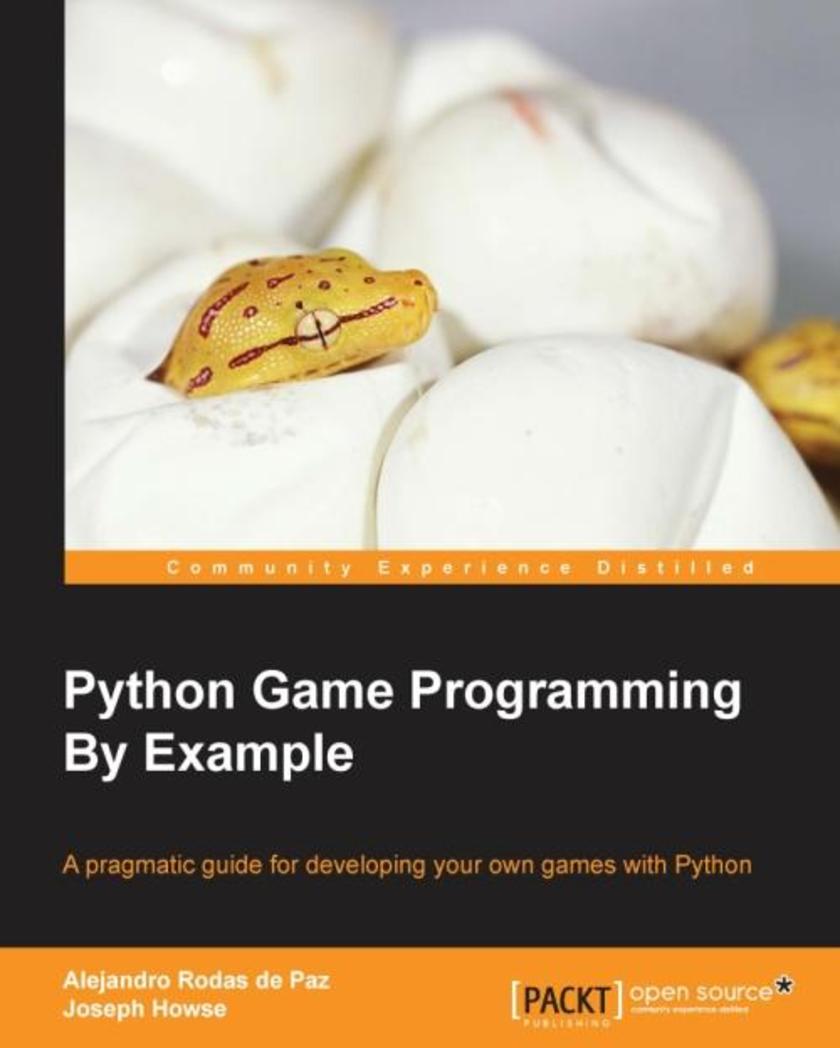
Python Game Programming By Example
¥71.93
A pragmatic guide for developing your own games with Python About This Book Strengthen your fundamentals of game programming with Python language Seven hands-on games to create 2D and 3D games rapidly from scratch Illustrative guide to explore the different GUI libraries for building your games Who This Book Is For If you have ever wanted to create casual games in Python and you would like to explore various GUI technologies that this language offers, this is the book for you. This title is intended for beginners to Python with little or no knowledge of game development, and it covers step by step how to build seven different games, from the well-known Space Invaders to a classical 3D platformer. What You Will Learn Take advantage of Python’s clean syntax to build games quickly Discover distinct frameworks for developing graphical applications Implement non-player characters (NPCs) with autonomous and seemingly intelligent behaviors Design and code some popular games like Pong and tower defense Compose maps and levels for your sprite-based games in an easy manner Modularize and apply object-oriented principles during the design of your games Exploit libraries like Chimpunk2D, cocos2d, and Tkinter Create natural user interfaces (NUIs), using a camera and computer vision algorithms to interpret the player’s real-world actions In Detail With a growing interest in learning to program, game development is an appealing topic for getting started with coding. From geometry to basic Artificial Intelligence algorithms, there are plenty of concepts that can be applied in almost every game. Python is a widely used general-purpose, high-level programming language. It provides constructs intended to enable clear programs on both a small and large scale. It is the third most popular language whose grammatical syntax is not predominantly based on C. Python is also very easy to code and is also highly flexible, which is exactly what is required for game development. The user-friendliness of this language allows beginners to code games without too much effort or training. Python also works with very little code and in most cases uses the “use cases” approach, reserving lengthy explicit coding for outliers and exceptions, making game development an achievable feat. Python Game Programming by Example enables readers to develop cool and popular games in Python without having in-depth programming knowledge of Python. The book includes seven hands-on projects developed with several well-known Python packages, as well as a comprehensive explanation about the theory and design of each game. It will teach readers about the techniques of game design and coding of some popular games like Pong and tower defense. Thereafter, it will allow readers to add levels of complexities to make the games more fun and realistic using 3D. At the end of the book, you will have added several GUI libraries like Chimpunk2D, cocos2d, and Tkinter in your tool belt, as well as a handful of recipes and algorithms for developing games with Python. Style and approach This book is an example-based guide that will teach you to build games using Python. This book follows a step-by-step approach as it is aimed at beginners who would like to get started with basic game development. By the end of this book you will be competent game developers with good knowledge of programming in Python.




 购物车
购物车 个人中心
个人中心



